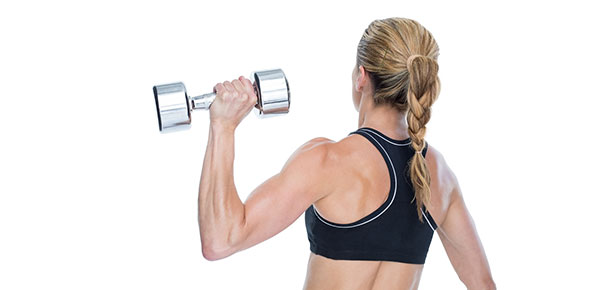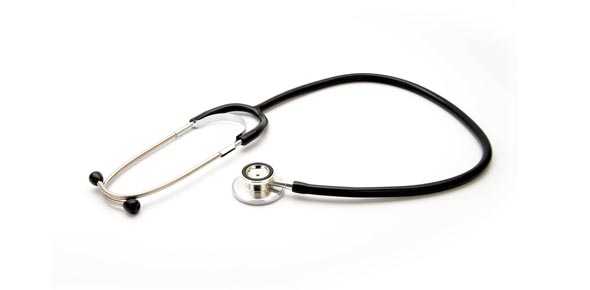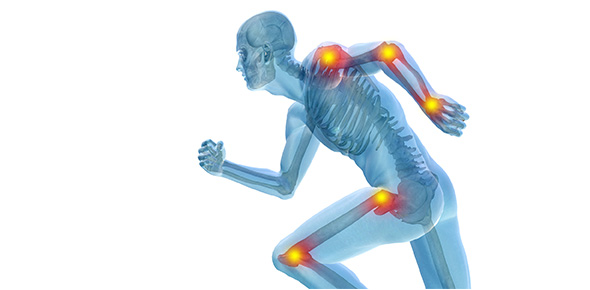Related Flashcards
Related Topics
Cards In This Set
| Front | Back |
|
The _________ is the space between the teeth and the inner mucosal lining of the lips and tongue.
|
Vestibule
|
|
The _________ is the space on the tongue side within the upper and lower dental arches.
|
Oral cavity proper
|
|
The vestibular mucosa is ____,____,and ______ bound to underlying alveolar bone.
|
Thin, red and loosely
|
|
A distinct line of color chanfe can be seen in the tissue where the alvelor membrane meets with the attached gingivae. This line is called _____________?
|
Mucoginigival Junction
|
|
Describe and LocateFordyce's Granules and Linea Alba.
|
 Fordyce's Granules: are normal small yellowish elevations that may appear on the buccal mucosa. Linea Alba: white ridge of raised tissue that extends horizontally at the level where the maxillary and mandibular teeth come together. (Can be caused by bitting cheeks) |
|
Locate and identify what a Frenum is?
|
 Frenum: is a narrow band of tissue that connects two structures. Maxillary Labial Frenum: passes the oral mucosa at the midline od the max. arch to the midline of the inner surface of upper lip. Mandibular Labial Frenum: passes from the oral mucosa at thr mind line of the mand. arch to the midline of the inner surface of the lower lip. Lingual Frenum: Passes from the floor of the mouth to the midline of the ventral border of the tongue. |
|
What is the anatomic term for the gums? and Define it.
Describe the characteristics of what a normal gingiva tissue would look like ....
|
Gingiva: commonly referred to as "Gums" is maticatory mucosa that cvers the alveolar processes if the jaws and surrounds the necks of the teeth.
Normal Gingiva Tissue:
--> Gingiva surrounds the tooth like a collar and is self-cleansing
--> Gingiva is afirm and resistant and can be tightly adapted to the tooth and bone.
--> Surfaces of the attached gingiva and interdental papillae are stippled and resmble the rind of an orange.
|
|
What is another Term for Unattached gingiva?
|
Marginal gingiva or Free Gingiva
surrounds the teeth in a collar-like fashion
|
|
What is Interdental gingiva?
|
Is the extension of the free gingiva that fills the interproximal embrasures between two adjacent teeth.
|
 What does the Hard Palate consist of ? |
Incisive Papilla: pear-shapped pad of tissue, covers the incivive formen.
Rugae: Irregular ridges or folds of masticatory mucosa.
Midline Palatal Raphe
|
|
What does the Soft palate Consist of?
|
Uvula : Pear-shaped projection at the end of the soft palate.
Anterior Faucial Pillar: anterior arch of the soft palate (includes the lateral aspects of tongue)
Posterior Faucual Pillar: posterior arch of the soft palate.
Isthmus of Fauces: Opening between the two arches of the soft palate. (Palatine Tonsiles)
|
|
What are the Functions of the Tongue?
|
1. Speaking
2.Positioning food while eating
3. Tasting and tactile sensations
4. Swallowing
5. Cleansing the oral cavity
|
|
A. The anterior 2 thirds of the tongue , is called ______.
B. The ______ of the tonuge moves from crvive to crevice, seeking out and removing bits of retained food in your mouth
C. The_______ is the superor(upper) and posterior roughened asoect of tongue
D. The________ of the tonuge is covered with thin , smooth, transparent mucosa through which many underlying vessels can be seen.
|
A. Body
b. Root
c. Dorsum
d. Sublingual surfaace
|
|
What is the thin fold of mucosa membrane that extends from the floor of the mouth to the uperside of the tongue?
|
Fimbriated folds
|
|
FILL IN THE BLANK: The taste buds are located on the _____________and in the trough of the large _______________, which form a V on the posterior portion of the tonge. The sense of TOUCH is provided by numerous ___________ that cover the entire sufaace of the tongue.
|
Fungiform papilla
Vallate Papilla
Filiform Papilla
|






